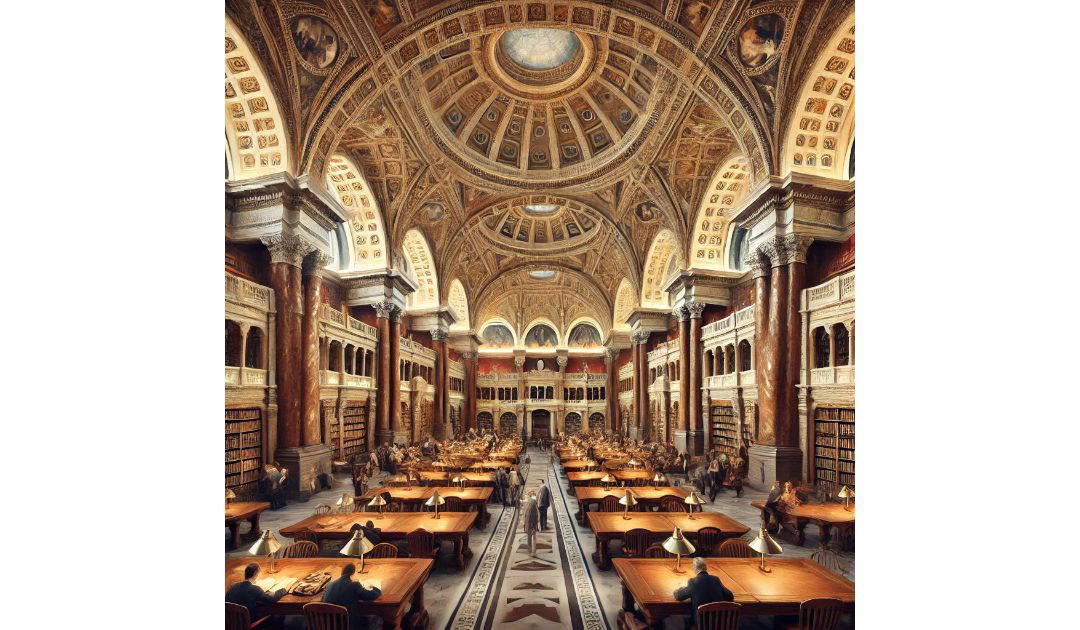On the 24th of April, 1800, The U.S.A.’s Library of Congress was established. It is the largest library in the world, both in terms of shelf space and number of books. Situated in Washington, D.C., this monumental institution holds a special place in the hearts of bibliophiles, historians, and scholars alike. It is not just a repository of books but a magnificent treasure trove of knowledge, culture, and history.
The Library of Congress was initially housed in the United States Capitol. In its infancy, it held 740 books and three maps, all ordered from London. However, the library faced a significant setback in 1814 during the War of 1812 when British troops set fire to the Capitol building, destroying its entire collection.
In a remarkable act of generosity and foresight, former President Thomas Jefferson offered his personal library as a replacement, selling it to Congress in 1815. His vast collection of 6,487 books became the foundation of the new library. Jefferson believed that all subjects had a place in a legislative library, and his contribution reflected this ethos.
The Library of Congress comprises three buildings on Capitol Hill. The oldest, the Thomas Jefferson Building, is an architectural masterpiece completed in 1897. Its exquisite design features a stunning Italian Renaissance style, with opulent decorations and murals adorning the walls and ceilings.
The Jefferson Building is not just a feast for the eyes but a testament to the grandeur of knowledge. Its Great Hall is particularly breathtaking, with its 75-foot high ceilings and intricate mosaics and sculptures. Visitors are often left in awe of the grandeur, with each element telling a story of human achievement and the pursuit of knowledge.
Boasting over 170 million items, the Library of Congress has something for everyone. Its collection extends beyond books to include manuscripts, maps, photographs, films, and music. Among its prized possessions are the Gutenberg Bible, one of only three perfect vellum copies known to exist, and a rough draft of the Declaration of Independence written in Thomas Jefferson’s own hand.
The library’s music collection is equally impressive, housing more than 3.5 million sound recordings, including the works of celebrated composers and rare early recordings. Its Prints and Photographs Division holds over 14 million images, spanning historical prints to modern photography.
In recent years, the Library of Congress has embraced technology to make its vast resources more accessible to the global public. The library’s digital collections are a boon for researchers, allowing them to access documents and materials from anywhere in the world. The National Digital Library Program, initiated in the 1990s, has helped digitise millions of documents, manuscripts, and maps, making them available online. The library has continually moved with the times, ensuring that its treasures are preserved for future generations while being accessible to today’s digital-savvy audience.
The Library of Congress is committed to public engagement and education. It hosts numerous exhibitions and events, offering guided tours and educational programmes to inspire and educate visitors of all ages. Its annual National Book Festival attracts authors and literature lovers from across the globe, celebrating the power of the written word.

